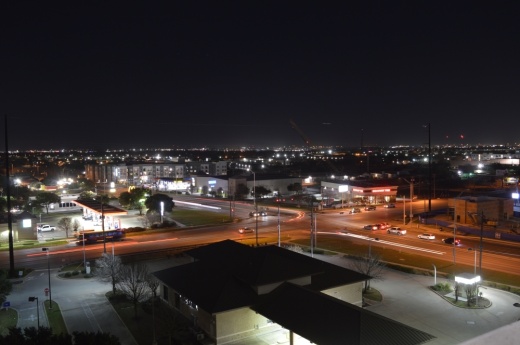According to the Austin Police Department as of June 11, 52 fatal crashes resulting in 53 deaths have been recorded citywide in 2022—up from the 50 such crashes and 52 deaths recorded on the same date last year.
On June 16, City Council asked city management to find new ways to boost Austin's traffic enforcement related to speeding, drunk driving and other habits that affect driver safety. The direction, aimed primarily at highways and other busy corridors, came through a resolution from District 8 Council Member Paige Ellis.
“This is about narrowly targeting traffic enforcement, specifically where fatal crashes are occurring," Ellis said June 14. "Although our police department is fully funded, we are aware that they are still training up cadets to fill the vacancies they have in the department. Oftentimes the resources have to be allocated specifically to where crimes were occurring ... and that doesn’t leave them available to necessarily just be present and be visible and to pull people over for speeding on highways, drunk driving, other reckless things that are happening.”
As the number of traffic deaths in Austin continues to climb, Mayor Pro Tem Alison Alter also said the issue predates the pandemic and ongoing staffing issues at Austin's public safety departments.
"The issue of how much time we’re spending doing traffic enforcement, how much time we need to be spending, that is a longstanding one, and I think it’s really important for context," Alter said. "The approach moving forward also is important in that it recognizes that this is about safety and it’s not about raising money. It’s about how do we keep our community safe; how do we make sure that people are obeying the speed limits so that everyone is safe?"
While focused mainly on Austin and APD, Ellis' measure also requests collaboration with Travis County on traffic enforcement issues in the city.
District 7 Council Member Leslie Pool, who worked in a county constable office before her time on council, said it will be important to involve county law enforcement in the new strategy. Pool also said the county could be doing more on Austin streets and stressed her support for a new agreement for their local work.
“The enforcement is historically outside the city limits. ... There is the ability for Travis County to step up its enforcement within the city of Austin confines," Pool said.
While supportive of the concept, District 1 Council Member Natasha Harper-Madison also asked to ensure that any non-city officers working on traffic enforcement in Austin go through the same training now in place at APD. Harper-Madison said her own family has been "severely impacted" by racial profiling, and noted that recent reviews of APD operations show disproportionate policing outcomes for different demographic groups remain in Austin.
A revised version of Ellis' resolution that passed June 16 also considers the possibility of using unarmed civil service staff for enforcement work in order to reduce possible racial disparities and "undue searches, arrests and uses of force."
Speed limits could be cut
Council members' vote on the traffic safety resolution June 16 came alongside their consideration of a proposal from the Austin Transportation Department to post or reduce the speed limits for dozens of corridors outside of Austin's urban core, bounded by I-35, MoPac, US 183 and Hwy. 71.
The recommendation for lowered speeds came through an ATD engineering study that analyzed speeds on more than 120 streets listed as Level 3 or 4 in the Austin Strategic Mobility Plan. Those roads, "minor" and "major" arterials, respectively, include routes such as Howard Lane, Kramer Lane, Slaughter Lane and Southwest Parkway.
That slate of changes also came one week after council agreed to lower several other speed limits in various parts of the city, including several school zones.





